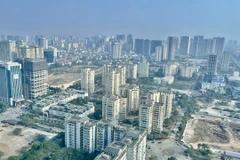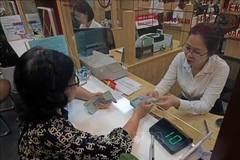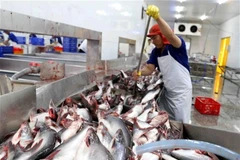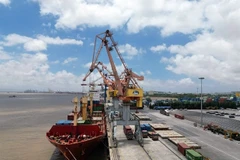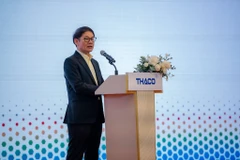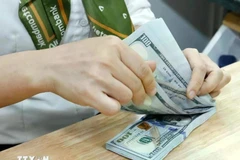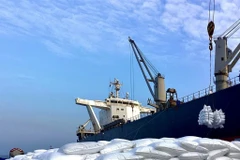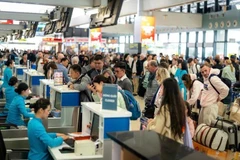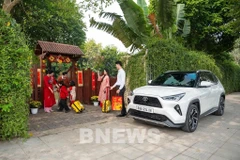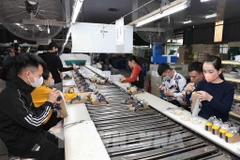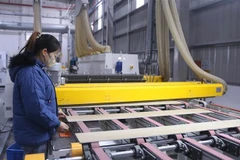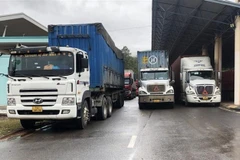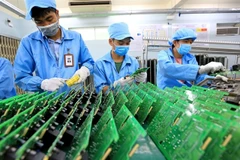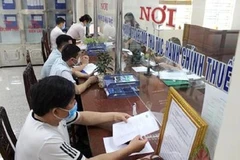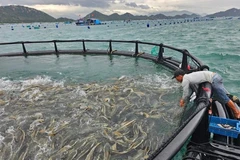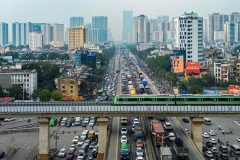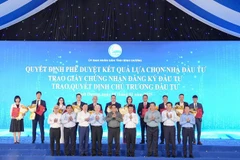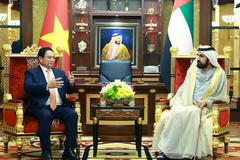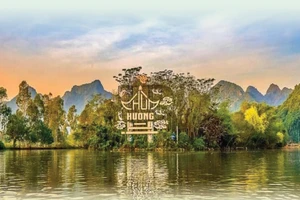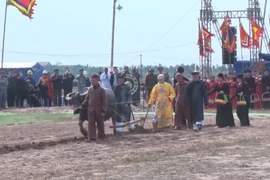Differentfrom other plans, the master plan on the use of Vietnam’s sea focuses on marineenvironment and resources, the value of marine ecosystems and appropriate exploitationand use of sea.
The masterplan on the use of Vietnam’ssea is built in accordance with Article 44 of the Vietnam Law on Sea and the Lawon Vietnam’sSea and Island Natural Resources and Environment.
Otherrelated legal documents are based on the three main groups of criteria forzoning off sea areas.
The first grouptargets the conservation of coastal ecosystems, including mangrove forests,coral reefs, wetlands, estuaries and bays, along with marine protected areas,bio reserves and national parks with eco-natural and biodiversity values.
The secondgroup focuses on economic development, evaluating the advantages in terms of naturalcondition, resources and position for developing sea-based economies includingport services, waterways, tourism, fishing, aquaculture, energy development, andseashore industry.
The thirdgroup pays heed to national defence and security at strategic locations and theneeds for protecting sovereignty, security and safety at sea.
Integratedmarine use planning is a new tool for sea management. In order to map out thismaster plan, managers and scientists have been carrying out researches andlearning experiences from other countries in the region and the world.
New methodsfrom foreign partners were recommended to apply in Vietnam for the first time.
Some mainmethods used for the planning include zoning sea areas based on its ecologicalvalues, natural resources and the demand for use, conservation and defence; analysingconflicts between conservation and development and among development models;analysing sea management institutions, including policies and regulations on seamanagement, exploitation and use at coastal localities; and dealing with overlappingzones in the planning of the sea-borne economy and conserving natural resourcesand the environment.
The masterplan on sea use will be built on the basis of analyzing natural conditions, marineenvironment and ecosystems, and sea exploitation, use and management. It willbe based on regional and international context as well as internationalexperiences in sea use planning.
The masterplan is expected to have impacts on legal documents on sea management and usein some certain areas, such as socio-economic development planning for thewhole nation and coastal localities, sea-based economic planning, islandeconomic development planning, sea reserves planning, environmental protectionplanning, biodiversity conservation planning, and national defence and securityorientation in the East Sea.
Vietnam’s sea is recommended to comprise sixzones, namely a zone for special use, a coastal zone where focus is placed on conservationand strong development of integrated economy, a coastal zone for developingintegrated economy in combination with preservation, an oil and gas exploitationzone, a fishing zone and a zone for other purposes.
The masterplan is expected to help reduce contradiction in exploiting and using marineresources and coastal areas, contributing to protecting the environment andcreating a basis for departments, branches and sectors of coastal localities toadjust their relevant plans.
To meetthis end, experts said it is necessary to strengthen a multi-sectoralcoordination in sea management and in licensing, monitoring and dealing withviolations in the use of marine resources and environment.
With concerted contributions by localities andcentral agencies for the sake of sustainable development of the sea-basedeconomy, the master plan on the use of Vietnam’s sea will be accomplished andcome into effect soon.-VNA




